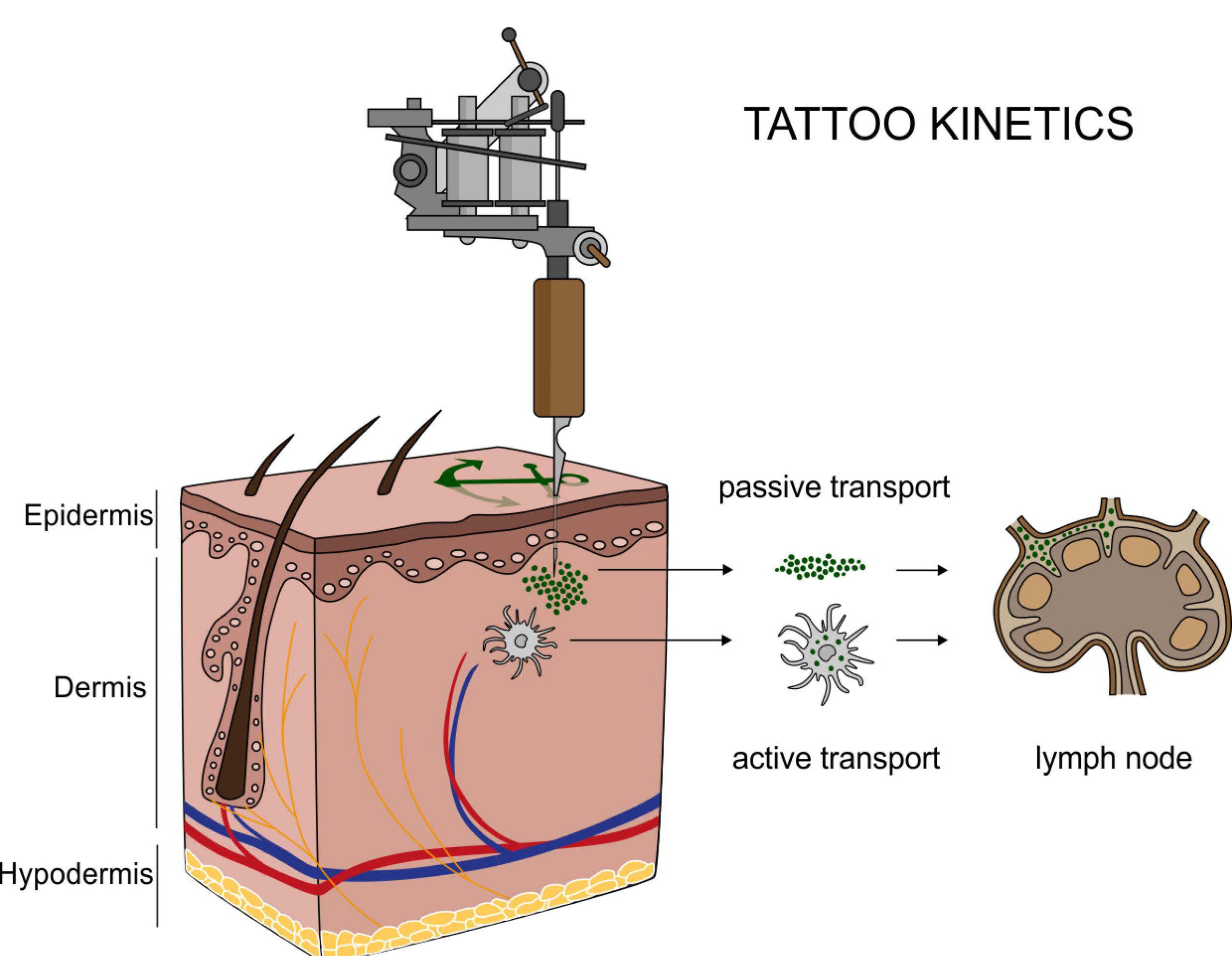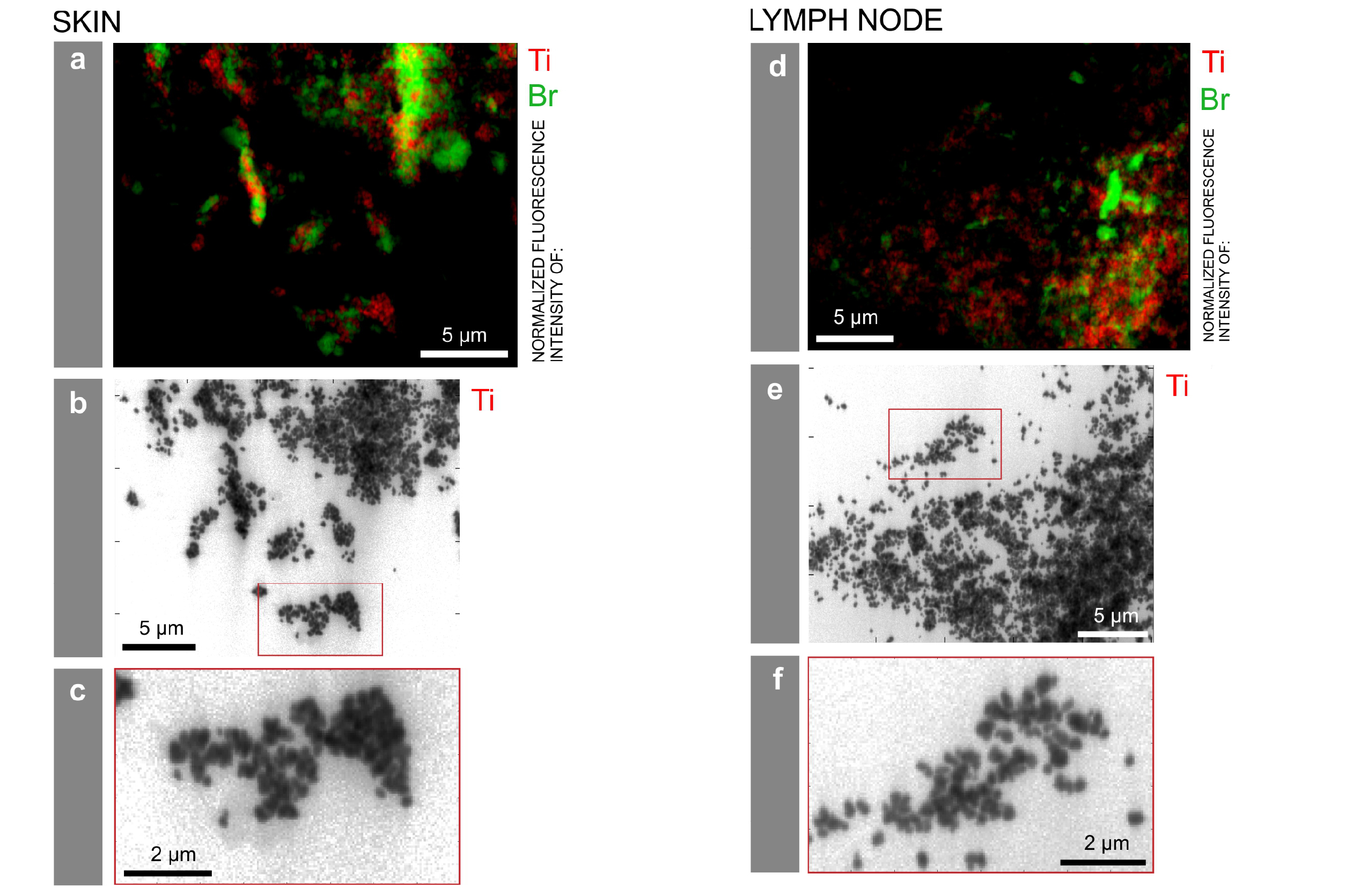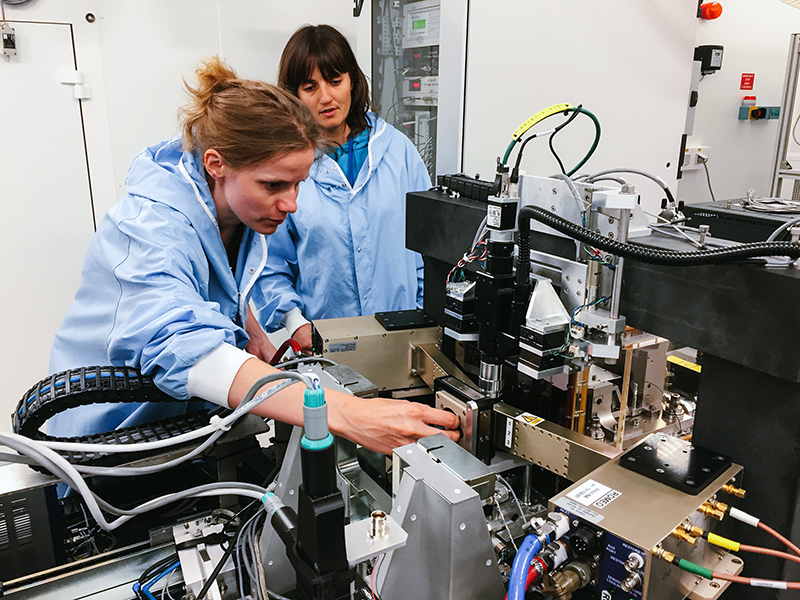Although the term is not actually used in the news release, one of the materials used to create a new biomaterial could safely be described as nanocellulose. From a Sept. 20, 2017 Pennsylvania State University (Penn State) news release (also on EurekAlert) by Jeff Mulhollem,
An inexpensive biomaterial that can be used to sustainably replace plastic barrier coatings in packaging and many other applications has been developed by Penn State researchers, who predict its adoption would greatly reduce pollution.
Completely compostable, the material — a polysaccharide polyelectrolyte complex — is comprised of nearly equal parts of treated cellulose pulp from wood or cotton, and chitosan, which is derived from chitin — the primary ingredient in the exoskeletons of arthropods and crustaceans. The main source of chitin is the mountains of leftover shells from lobsters, crabs and shrimp consumed by humans.
These environmentally friendly barrier coatings have numerous applications ranging from water-resistant paper, to coatings for ceiling tiles and wallboard, to food coatings to seal in freshness, according to lead researcher Jeffrey Catchmark, professor of agricultural and biological engineering, College of Agricultural Sciences.
“The material’s unexpected strong, insoluble adhesive properties are useful for packaging as well as other applications, such as better performing, fully natural wood-fiber composites for construction and even flooring,” he said. “And the technology has the potential to be incorporated into foods to reduce fat uptake during frying and maintain crispness. Since the coating is essentially fiber-based, it is a means of adding fiber to diets.”
The amazingly sturdy and durable bond between carboxymethyl cellulose and chitosan is the key, he explained. The two very inexpensive polysaccharides — already used in the food industry and in other industrial sectors — have different molecular charges and lock together in a complex that provides the foundation for impervious films, coatings, adhesives and more.
The potential reduction of pollution is immense if these barrier coatings replace millions of tons of petroleum-based plastic associated with food packaging used every year in the United States — and much more globally, Catchmark noted.
He pointed out that the global production of plastic is approaching 300 million tons per year. In a recent year, more than 29 million tons of plastic became municipal solid waste in the U.S. and almost half was plastic packaging. It is anticipated that 10 percent of all plastic produced globally will become ocean debris, representing a significant ecological and human health threat.
The polysaccharide polyelectrolyte complex coatings performed well in research, the findings of which were published recently in Green Chemistry. Paperboard coated with the biomaterial, comprised of nanostructured fibrous particles of carboxymethyl cellulose and chitosan, exhibited strong oil and water barrier properties. The coating also resisted toluene, heptane and salt solutions and exhibited improved wet and dry mechanical and water vapor barrier properties.
“These results show that polysaccharide polyelectrolyte complex-based materials may be competitive barrier alternatives to synthetic polymers for many commercial applications,” said Catchmark, who, in concert with Penn State, has applied for a patent on the coatings.
“In addition, this work demonstrates that new, unexpected properties emerge from multi-polysaccharide systems engaged in electrostatic complexation, enabling new high-performance applications.”
Catchmark began experimenting with biomaterials that might be used instead of plastics a decade or so ago out of concerns for sustainability. He became interested in cellulose, the main component in wood, because it is the largest volume sustainable, renewable material on earth. Catchmark studied its nanostructure — how it is assembled at the nanoscale.
He believed he could develop natural materials that are more robust and improve their properties, so that they could compete with synthetic materials that are not sustainable and generate pollution — such as the low-density polyethylene laminate applied to paper board, Styrofoam and solid plastic used in cups and bottles.
“The challenge is, to do that you’ve got to be able to do it in a way that is manufacturable, and it has to be less expensive than plastic,” Catchmark explained. “Because when you make a change to something that is greener or sustainable, you really have to pay for the switch. So it has to be less expensive in order for companies to actually gain something from it. This creates a problem for sustainable materials — an inertia that has to be overcome with a lower cost.”
Funded by a Research Applications for Innovation grant from the College of Agricultural Sciences, Catchmark currently is working to develop commercialization partners in different industry sectors for a wide variety of products.
“We are trying to take the last step now and make a real impact on the world, and get industry people to stop using plastics and instead use these natural materials,” he said. “So they (consumers) have a choice — after the biomaterials are used, they can be recycled, buried in the ground or composted, and they will decompose. Or they can continue to use plastics that will end up in the oceans, where they will persist for thousands of years.”
Also involved in the research were Snehasish Basu, post-doctoral scholar, and Adam Plucinski, master’s degree student, now instructor of engineering at Penn State Altoona. Staff in Penn State’s Material Research Institute provided assistance with the project.
The U.S. Department of Agriculture supported this work. Southern Champion Tray, of Chattanooga, Tennessee, provided paperboard and information on its production for experiments.
Here’s a link to and a citation for the paper,
Sustainable barrier materials based on polysaccharide polyelectrolyte complexes by
Snehasish Basu, Adam Plucinski, and Jeffrey M. Catchmark. Green Chemistry 2017, 19, 4080-4092 DOI: 10.1039/C7GC00991G
This paper is behind a paywall. One comment, I found an anomaly on the page when I visited. At the top of the citation page, it states that this is issue 17 of Green Chemistry but the citation in the column on the right is “2017, 19 … “, which would be issue 19.







